Early Days: The First Inhabitants
Long before the Pocono Mountains became a destination for families, honeymooners, nature-lovers and relaxation-seekers, the area was inhabited by the Delaware, Iroquois, Shawnee, Minisink, Lenape and Paupack Native Americans. In 1659, the Dutch established settlements near the famous Delaware Water Gap, but were forced to leave by the English in 1664. By 1742, English and German settlers were arriving in the Pocono Mountains and the first permanent residence was established by Nicholas Depui in 1725 at Shawnee.
1829 – 1927: First Hotel Established and an Industry is Born
The Delaware Water Gap was the site of the first boarding house hotel, established in 1829 by Anthony Dutot, who initiated what would become a wildly successful resort industry. By 1900, thousands of visitors from the growing cities of Philadelphia and New York escaped to the high altitudes for summer vacations. In the Pocono Mountains, the Pennsylvania Power and Light Company (now PPL Electric Utilities, Inc.) began the construction of what is now the third largest man-made lake in the Commonwealth of Pennsylvania, Lake Wallenpaupack. In 1926, PPL Electric Utilities, Inc. dammed the creek and built a hydro-electric plant and in doing so, a 5,600-acre lake was created with 52 miles of uninterrupted shoreline. The Big Lake became a top destination for water sports and recreation. In 2016, ownership was transferred to Brookfield Renewable. Brookfield Renewable manages the lake and shoreline in order to protect the recreational, scenic and environmental values of the land and water. Lake Wallenpaupack remains a treasured leisure destination in the Pocono Mountains.
During Prohibition, resorts of the Pocono Mountains described themselves as “Friendly Mountain Resorts” where card-playing or games of chance were not allowed and golf, tennis and other sports were not permitted on Sundays.
Post World War II: Here Come the Honeymooners and Skiers!
During World War II, many GI’s took their leave with their girlfriends and families in the Pocono Mountains. The area took on a romantic appeal for these young people, and many returned after the war as honeymooners. In 1945, Rudolf Von Hoevenberg opened a rustic operation consisting of some cabins and a main lodge, called The Farm on the Hill, the first honeymoon resort of the Pocono Mountains. Plush resorts sprang up in the 1940s and 1950s and spurred the growth of a flourishing resort business in the Pocono Mountains.
In 1946, the Pocono Mountains welcomed the first commercial ski area in Pennsylvania, Big Boulder Ski Area. In 1950, the first patent application for the making of snow by blowing water through a nozzle was filed, and by the winter of 1956, the system was perfected and in place at Big Boulder Ski Area, making the Pocono Mountains a bona fide ski destination. Shortly after, the opening of Interstates 80 and 81 in the late 1950s and 1960s in the four-county region made the Pocono Mountains easily accessible by motor vehicles. Family-owned and operated resorts gained popularity during this time, where the comforts of home could be found among the convenience of a full-service resort for an ideal summer vacation of family picnics, zany games and organized sports and activities.
1960s – 80s: Heart-shaped Tubs and Racing Stripes
In 1963, the heart-shaped tub was introduced at Caesars Cove Haven in Lakeville, Pennsylvania. Life Magazine ran photos of this latest novelty and a flood of publicity followed, resulting in the naming of the Pocono Mountains as the “Honeymoon Capital of the World.” Pocono International Raceway (now Pocono Raceway) in Long Pond, Pennsylvania opened its 2½ mile super speedway in 1971 with the first series of Indy car races. NASCAR soon followed in 1972 and continues to bring over 100,000 race fans to the Pocono Mountains twice each summer. In the 1980s, the growth of whitewater rafting, golfing, outlet shopping and other attractions further broadened the four-season appeal of the Pocono Mountains.
1990s: A Destination Evolves
The 1990s ushered an era of change to the Pocono Mountains: several well-regarded honeymoon resorts closed, while other accommodation facilities and tourist attractions made significant capital improvements to their properties.
A New Century: Fresh New Look and Exciting Future
Fall of 2005 welcomed Great Wolf Lodge, one of the northeast’s largest indoor waterpark resorts and a precursor to the waterpark resorts yet to come. The property features 90,000 square feet of waterslides, a lazy river, an interactive treehouse water fort, a wave pool and 400 rooms. That same fall brought the reopening of a historic inn. Slated for demolition, but instead beautifully restored, the Hotel Fauchere has added to the charm and beauty of the celebrated town of Milford. October 2007 brought the opening of Mount Airy Casino Resort, the region’s first resort featuring slot machine gaming. The casino resort now includes table games along with a championship golf course, five restaurants, an indoor/outdoor pool and a night club. Resorts began adding on-site spas as well to cater to stressed consumers seeking to be pampered. The Lodge at Woodloch, an exclusive $35-million destination spa that opened in spring 2006 in the Lake Region of the Pocono Mountains continues to be one of the most sought after destination spas by guests and travel publications alike.
2010s: Reinvest to Reinvent
Pocono Mountains properties are continuing to invest millions of dollars in improvements and renovations including golf courses, resorts, bed and breakfasts, rental properties and timeshares. To attract midweek business to the Pocono Mountains, resorts have also invested in new conference and meeting facilities that will serve the needs of corporations, associations and other groups looking to hold business-related events, meetings and team building experiences.
Golfers can tee-off at more than 30 courses, including those designed by Robert Trent Jones, AW Tillinghast and Donald Ross. The Pocono Mountains region is also a place for adventure activities such as zip lining, stockcar racing, whitewater rafting, hiking, biking, fishing and canoeing. With nine state parks, the Delaware Water Gap National Recreation Area and the Upper Delaware Scenic and Recreational River, the Pocono Mountains offer a wide spectrum of outdoor recreation opportunities.
The region continues to grow as a tourist and conference destination. In 2015, two additional indoor waterpark resorts debuted in the Pocono Mountains. Camelback Lodge and Aquatopia Indoor Waterpark opened in April with 453 guest rooms and suites, 170,000 square feet of wet and dry activity space, and 20,000 square feet of flexible meeting space. Kalahari Resorts and Conventions opened in July with 457 guest rooms and suites, a 100,000-square-foot indoor waterpark and 65,000 square feet of flexible meeting space. The resorts also feature on-site restaurants, spas, and family-friendly activities.
The small towns of the Pocono Mountains are becoming tourist meccas on their own, each encompassing culture, art and history. Milford, along the Delaware River, hosts musical events and a fall film festival and offers its visitors nearby historic sites and a charming downtown of galleries, shops, restaurants and inns. The quaint Victorian town of Jim Thorpe, along the Lehigh River, has historic mansions and seasonal celebrations. Honesdale, the “Birthplace of the American Railroad,” is home to friendly downtown boutiques and themed railroad tours. Stroudsburg awaits visitors with unique shopping and dining experiences, spectacular local artistry, and a variety of festivals.
As it has for almost two centuries, the Pocono Mountains region continues to be so close yet feel so far removed from the everyday hassles of life – a region filled with relaxing and scenic beauty, and encompassing a calm, carefree style that engages guests in leisure pursuits and in connection with nature, friends and loved ones. This is the legacy of the Pocono Mountains.





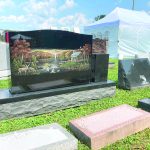


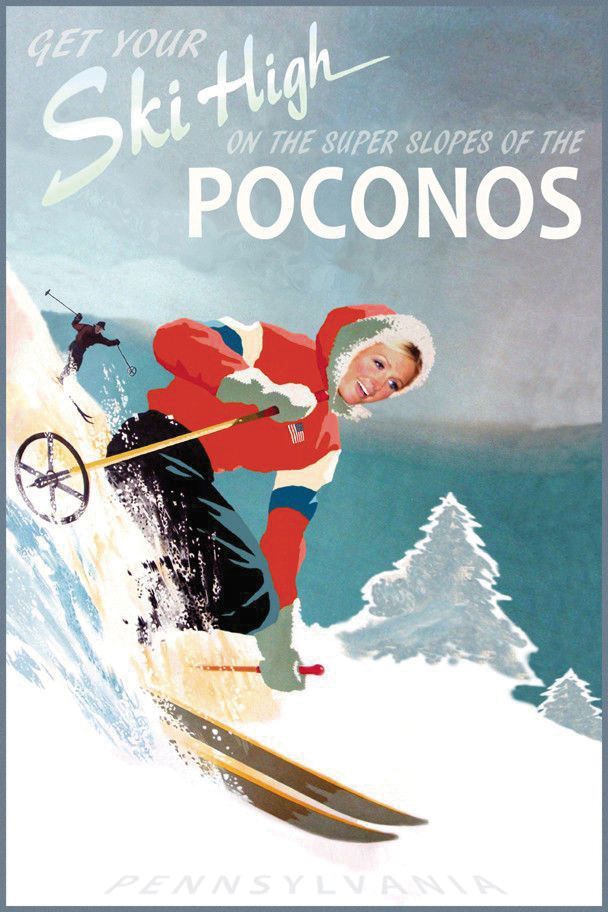



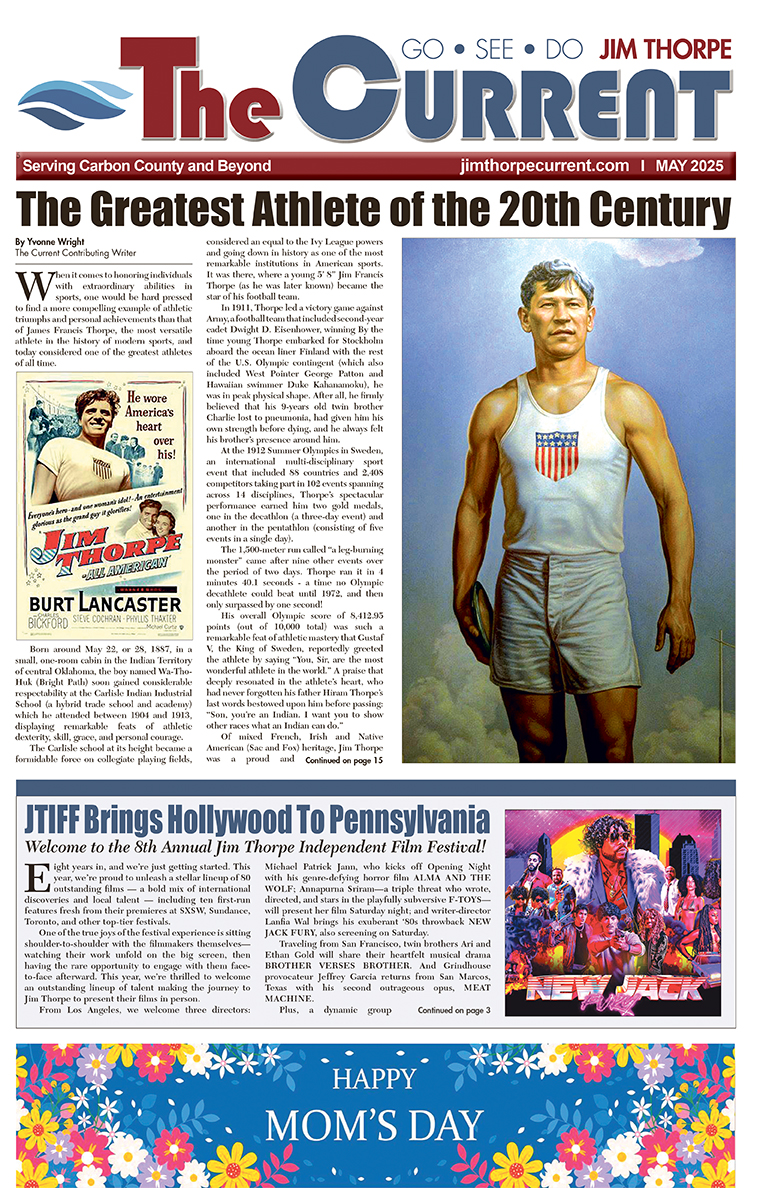
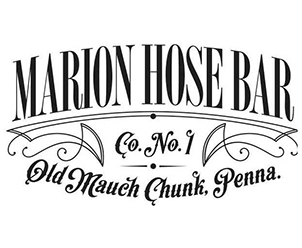
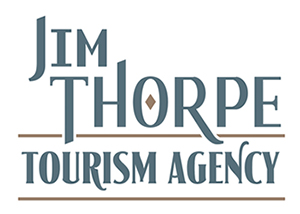
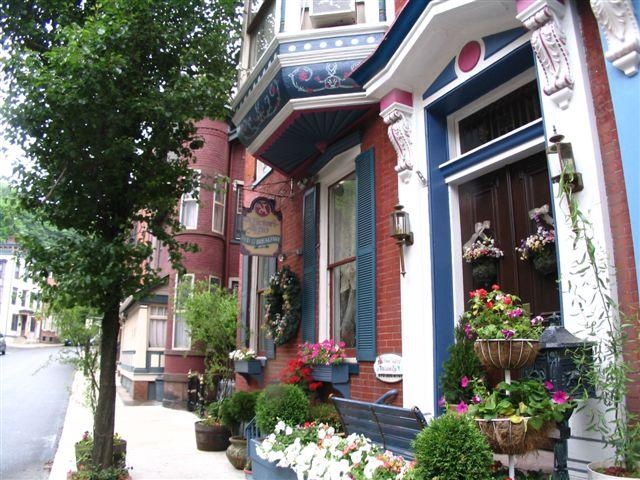


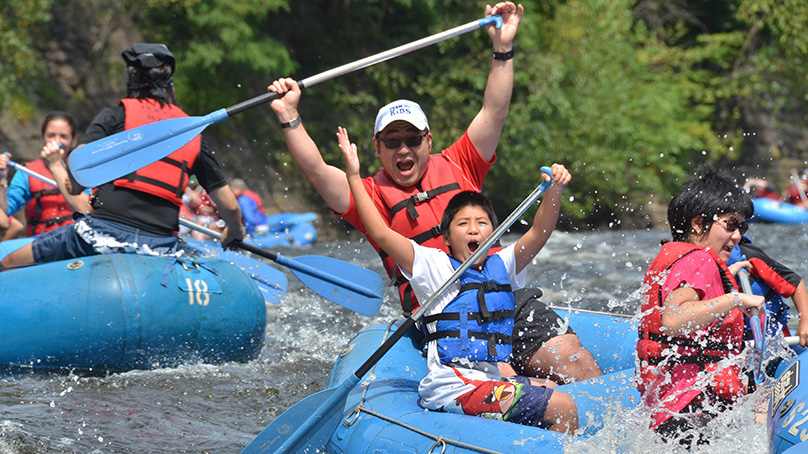
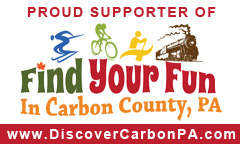







Add Comment